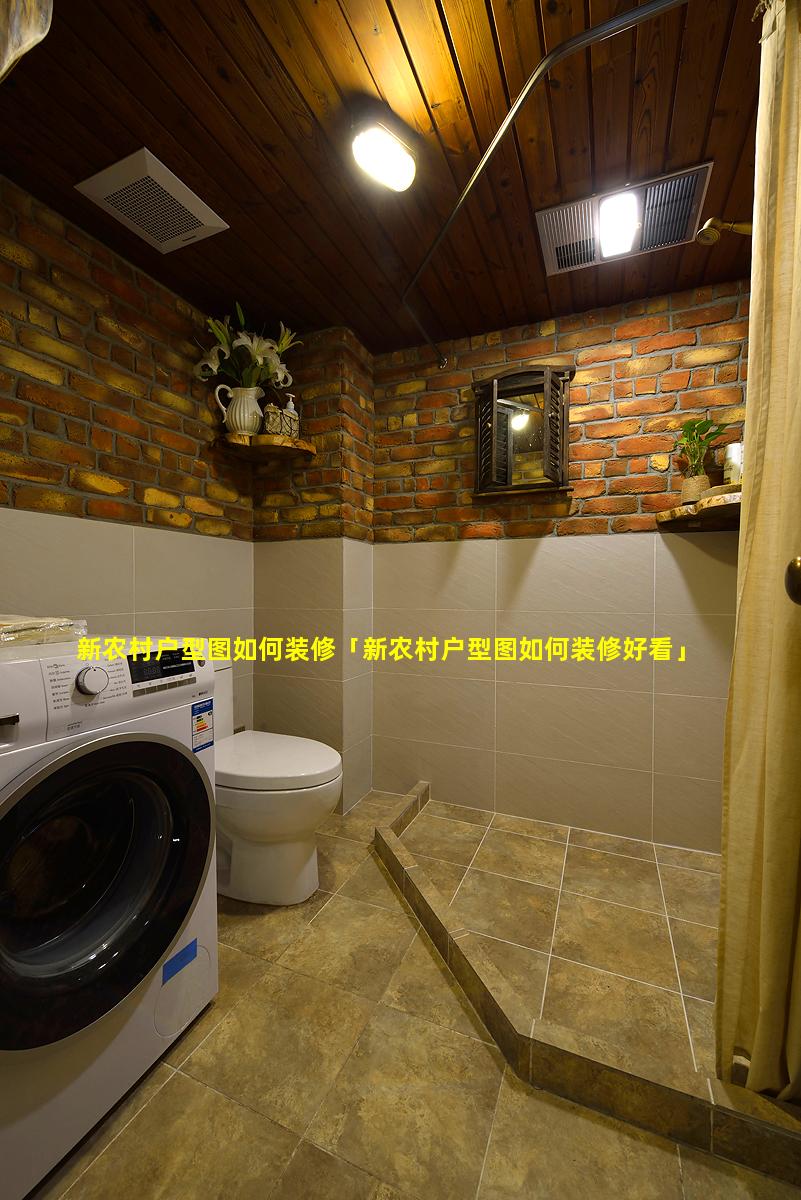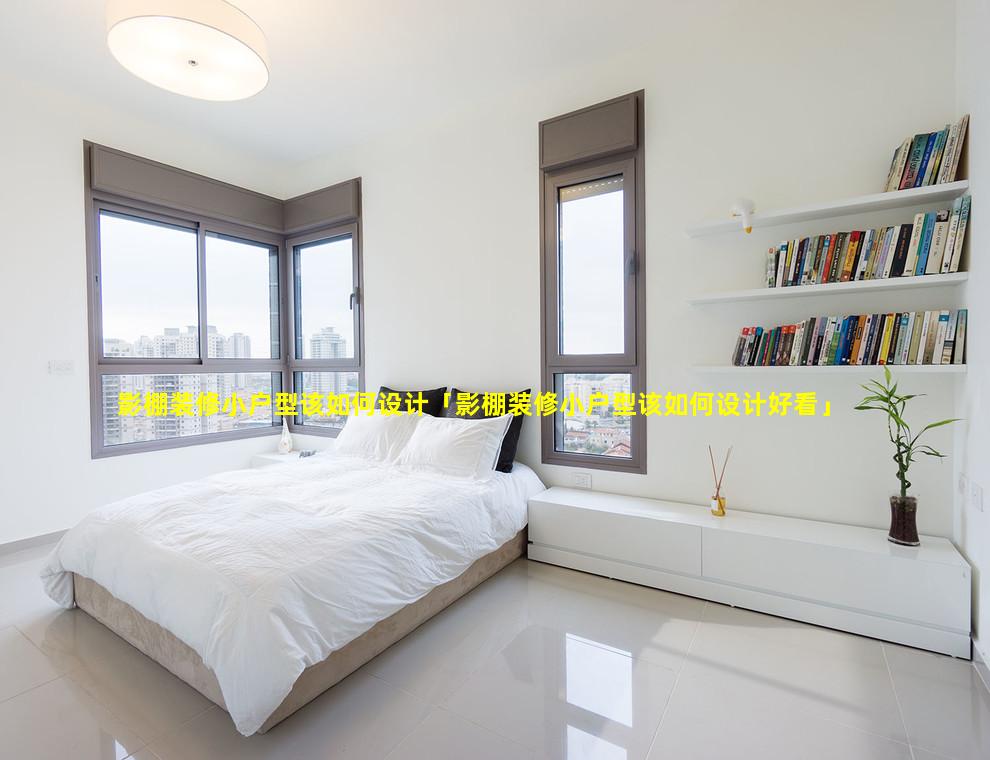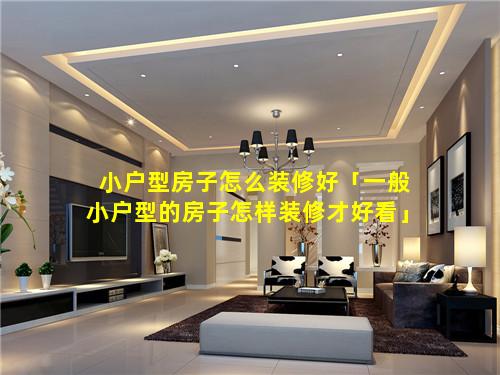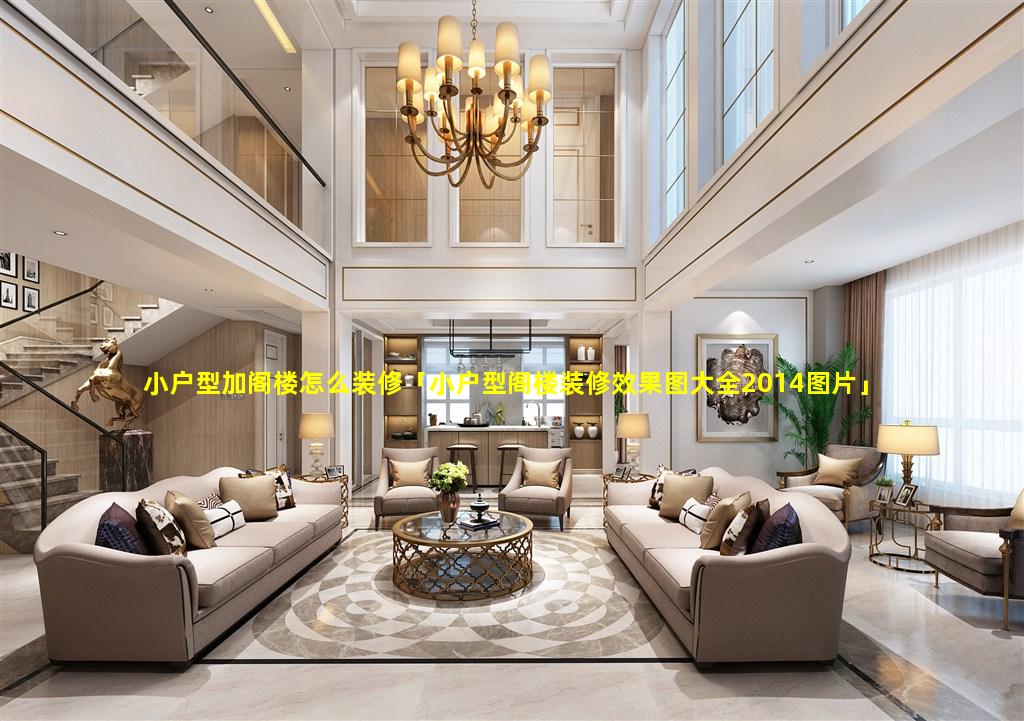1、新农村户型图如何装修
新农村户型图装修指南
布局规划空间划分明确:将起居室、卧室、厨房、卫生间等功能区明确划分。
动线合理:厨房、餐厅、起居室等相邻区域应形成流畅的动线。
采光充足:利用窗户和大阳台等增加自然采光,营造明亮通风的室内环境。
装修风格现代简约风格:线条简洁、色调素雅,注重实用性和空间感。
田园风格:融入自然元素,如花卉、木质家具,营造温馨舒适的氛围。
中式风格:传统元素与现代设计相结合,彰显文化底蕴。
材料选择地板:瓷砖、木地板、复合地板等,根据个人喜好和预算选择。
墙面:墙纸、乳胶漆、墙砖等,根据风格和功能区需求搭配。
顶棚:吊顶石膏板、集成吊顶、木饰面等,打造不同的视觉效果。
家具布置家具尺寸适中:选择符合室内面积的家具,避免拥挤感。
功能至上:优先考虑家具的实用性,选择满足基本生活需求的款式。
配色协调:家具颜色与墙面、地面配色协调,营造和谐统一的视觉效果。
装饰点缀绿植:放置绿植点缀室内,增添生机和活力。
窗帘:选择适合风格的窗帘,遮光保暖的同时提升美观度。
装饰画:悬挂装饰画增添艺术气息,丰富室内空间。
照明设计主照明:吸顶灯、吊灯等提供整体照明。
辅助照明:台灯、落地灯等为特定区域提供补充照明。
自然采光:充分利用自然采光,营造明亮舒适的室内环境。
其他细节收纳空间:增加收纳柜、储物架等,保持室内整洁有序。
智能家居:引入智能开关、智能电器等提升生活便利性。
个性化设计:融入个人爱好和生活方式,打造专属的温馨居所。
2、新农村户型图如何装修好看
新农村户型图装修好看的建议
1. 均衡布局
确保房间大小和功能合理分配。
避免过度分区,营造开阔通风的感觉。
利用分隔件或屏风创建半开放空间,增加隐私。
2. 采光充足
利用自然光线,尽可能多地开窗。
使用浅色窗帘或薄纱,避免阻挡光线。
考虑使用天窗或采光井,增加自然采光。
3. 温馨舒适
选择温暖的色调,如米色、奶油色或浅绿色。
加入木质元素,如地板、家具和装饰品。
利用靠垫、毯子和窗帘营造舒适感。
4. 功能实用
选择多功能家具,如带存储空间的床头柜或可折叠餐桌。
确保家具尺寸与房间空间相符。
利用垂直空间,如安装壁挂式搁架或吊灯。
5. 传统元素融入
加入一些传统元素,如木雕花格、青砖墙或古色古香的家具。
结合现代设计元素,营造和谐的融合感。
利用植物和花卉增添生机和活力。
6. 个性化空间
添加个人物品,如照片、艺术品或旅行纪念品。
选择反映个人兴趣和风格的装饰品。
让家成为独一无二的个人空间。
7. 光影效果
运用光影效果营造氛围。
使用台灯或吊灯提供功能性照明。
利用落地灯或壁灯营造环境光。
考虑使用智能照明,实现个性化照明场景。
8. 户外空间
利用阳台、露台或庭院创造户外生活空间。
添加家具、植物和户外照明。
创建一个舒适的区域,享受户外时光。
示例装修方案
客厅: 米色墙壁搭配木质地板,加入舒适的沙发和靠垫。使用暖色调照明营造温馨氛围。
卧室: 奶油色墙壁,带有木质床头柜和梳妆台。选择浅色窗帘和毯子,營造寧靜舒適的睡眠环境。
厨房: 白色橱柜配上木质台面,加入传统花格元素。利用吊灯提供充足照明,营造烹饪的便利性。
浴室: 浅绿色墙壁,带有木制洗手盆和镜子。使用自然光线,营造通风和清爽的氛围。
阳台: 添加藤制家具、植物和户外照明,打造一个舒适的户外休息区。

3、新农村户型图如何装修图片
Introduction
Data centers are the backbone of modern society, providing the infrastructure for everything from online shopping to social media to cloud computing. As data volumes continue to explode, data centers need to be designed for scale, availability, and performance.
There are a number of different data center design patterns that can be used to achieve these goals. The most common patterns include:
Tiered architectures
Tiered architectures are designed to provide different levels of redundancy and availability. In a tiered architecture, data is stored on multiple tiers of storage, with each tier providing a different level of performance and availability. For example, data that is frequently accessed might be stored on a highperformance tier, while data that is rarely accessed might be stored on a lowperformance tier.
Scalable architectures
Scalable architectures are designed to be able to grow as needed. This can be done by adding additional servers, storage, or networking equipment. Scalable architectures are often used in cloud computing environments, where the amount of data and the number of users can fluctuate wildly.
Highavailability architectures
Highavailability architectures are designed to provide continuous availability of data. This is achieved by using redundant components, such as multiple servers or storage devices. In the event of a failure, the redundant components can be brought online to ensure that data remains available.
Performanceoptimized architectures
Performanceoptimized architectures are designed to provide the highest possible performance. This is achieved by using highperformance hardware and software, and by optimizing the data center layout. Performanceoptimized architectures are often used in data centers that support missioncritical applications.
Choosing the right data center design pattern
The best data center design pattern for a particular application will depend on the specific requirements of the application. However, there are some general guidelines that can be followed.
If the application requires high levels of availability, then a tiered architecture is a good choice. If the application requires high levels of performance, then a performanceoptimized architecture is a good choice. If the application requires the ability to scale, then a scalable architecture is a good choice.
Conclusion
Data center design patterns are an important tool for designing data centers that are scalable, available, and performant. By choosing the right design pattern, organizations can ensure that their data centers meet the needs of their applications.
Additional Resources
[Data Center Design Patterns]()
[Designing Data Centers]()
[Data Center Best Practices]()
4、新农村户型图如何装修好
新农村户型图装修指南
1. 空间规划:
明确功能分区:将房屋划分为起居室、卧室、厨房、卫生间等功能区,确保动线合理。
充分利用空间:利用阁楼、地下室等空间,增加收纳或居住面积。
保证采光通风:选择通风良好的户型,并利用窗户、天窗等自然采光。
2. 装修风格:
综合考虑:选择与户型结构和个人喜好相匹配的装修风格,如简约现代、新中式、北欧等。
融入当地特色:在装修中融入当地的民俗元素或建筑特色,彰显农村风情。
避免过于繁复:新农村户型面积相对较小,装修宜简洁大方,避免过于复杂的造型和装饰。
3. 色彩搭配:
以暖色调为主:大地色、米色等暖色调给人温馨舒适的感觉,适合农村户型。
适当点缀亮色:可以在家具、窗帘或摆件中使用少量亮色,提升空间活力。
避免深色调:深色调会让空间显得压抑,不适合新农村户型。
4. 材料选择:
注重环保性:选择环保建材和家具,保障室内健康。
考虑耐久性和易维护性:农村环境相对潮湿,装修材料应具备防潮耐磨等特性。
融入自然元素:使用木材、竹子等天然材质,打造亲近自然的居家环境。
5. 家具摆设:
选择实用的家具:优先选择实用、耐用的家具,如原木家具、布艺沙发等。
巧用收纳空间:利用嵌入式柜体、置物架等,实现有效收纳。
注重舒适性:选择舒适度高的床、沙发等家具,营造温馨的居家氛围。
6. 照明设计:
自然采光为主:充分利用窗户、天窗等自然采光,营造明亮通透的空间。
辅助灯光设计:使用不同类型的灯具,如吊灯、台灯、射灯等,满足不同区域的照明需求。
避免眩光:灯光布局应避免产生眩光,保障视觉舒适度。
7. 软装搭配:
点缀绿植:在室内摆放绿色植物,净化空气,增添生机。
选用民族元素:融入一些当地民族元素的装饰品,如刺绣、陶瓷等,体现农村特色。
保持整洁有序:保持室内干净整洁,营造舒适宜居的环境。



